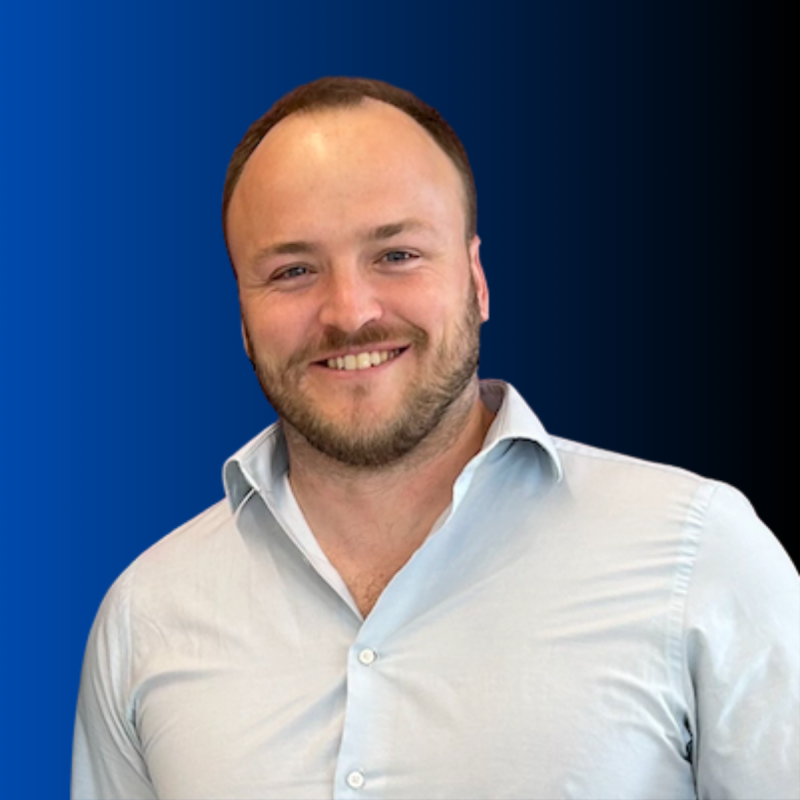
- Are you seeing significant improvements following post-hospital care transitions with treatment adherence and medication compliance?
- How are your outcomes?
- Have numbers of rehospitalizations and readmissions decreased?
- Have HCAHPS scores and Star Ratings increased?
- Are the priorities of health equity objectives being reached?
If your patient navigation program is not achieving these desired results, you must ask yourself why and consider a deeper, more effective solution that connects the right people with the right things in the right amount of time.
Why Mere Navigation Lacks Meaningful Patient Interaction
Healthcare experts highlight the need for an expanded and extended support solution for hospitals and healthcare systems to provide them the capability to comprehensively address their primary “pain points” and operational challenges to patient care management.
The problem is that most patient navigation programs as they are being applied today lack real and meaningful patient interactions and are proving ineffective. Fortunately, there is another approach designed to be more successful in resolving non-clinical patient challenges and the associated challenges experienced by hospitals and their providers, creating better results for both providers and patients. When structured and scaled, this tech-enabled, human-led approach advances beyond mere navigation into real patient interaction with activation that moves the needle forward.
More Effective Solution: Modern Care Guidance
Hospitals and group practices increasingly realize they have limited staffing resources and simply cannot tackle every aspect of a patient’s healthcare journey. For some providers the answer lies in finding partners who are dedicated to applying non-clinical resources to extend clinical staff and strengthen care management support, allowing healthcare organizations to focus on high-value tasks within their scope. We call this approach to using non-clinical, tech-enabled humans to interact with and actually activate patients “care guidance.” Modern care guidance combines a systemized assessment of social determinants and non-clinical factors with disease-specific symptom assessments, all supported by structured workflows, robust data acquisition, and barrier resolution protocols.
Key Benefits of Modern Care Guidance:
- Improved Patient Experience: Patients receive higher levels of personalized and preventive care, resulting in better health outcomes and a return to normal life quality.
- Enhanced Care Coordination: Care guidance supports prevention by proactively addressing patient care barriers before they become problematic and costly.
- HRRP and HCAHPS Improvement: Strategic care guidance implementation can reduce readmissions, enhance patient interaction and boost patient experience scores under the Hospital Readmission Reduction Program (HRRP).
- Human-centric Care Guidance: Peer-to-patient, targeted, disease-specific outreach can improve patient satisfaction and reduce readmissions post-discharge.
- Supporting Managed Care: Care guidance supports various managed care programs, including chronic care management (CCM), principal care management (PCM), annual wellness visits (AWV), remote patient management (RPM) and transitional care management (TCM).
- Success in Quality Payment Programs: Care guidance aligns with value-based care arrangements and helps providers participate in CMS programs while addressing social determinants and health equity.
Addressing Social Determinants and Resolving Barriers to Care
As healthcare organizations aspire to deliver equitable, patient-centric care they must consider the full spectrum of a patient’s condition, including non-clinical factors and socioeconomic characteristics that influence their ability to access, receive and adhere to care.
Patients who are at-risk based upon characteristics of social determinants of health (SDoH) frequently require amplified levels of activation and monitoring that cannot be addressed through traditional patient navigation and within the typical hospital’s resource capacity and clinical scope limitations.
When non-clinical factors, which account for 80% of patient issues, are not promptly addressed and effectively resolved, they can lead to:
- Health deteriorations
- Excessive rates of clinical service utilization
- Extended hospitalizations and readmissions
- Higher total cost of care
The Scope and Benefits of Care Guidance
In the realm of care guidance, collaboration and innovation come together to enhance healthcare outcomes. Key aspects include:
- Collaborative Care Coordination: Hospitals, providers and care guidance teams collaborate to enhance care coordination.
- Dedicated Care Support: Hospitals and clinical staff receive dedicated support from care guidance services.
- Specially Selected Care Guides: Tech-enabled “care guides” establish trust and communication with patients, uncover barriers and provide assistance.
- Technology-Enhanced Care: Care guides use scalable technology platforms with structured workflows to proactively address practical and non-clinical barriers.
- Human Connection: The human touch in care guidance is essential, especially for patients with limited access to digital health technologies.
- Integrated Approach: A balanced mix of human and tech elements supports personalized communication and patient engagement throughout their care journey.
Data Captures Provide Strategic Insights
An effective care guidance platform captures SDoH data and disparity-related barrier resolution, exceeding the capabilities of typical electronic health record (EHR) systems which are not specifically designed to facilitate the kind of resolution workflows that are needed to address health equity and SDoH issues. A specialized platform facilitates operational improvement by seamlessly exchanging relevant insights for each patient population.
Data analytics within the platform provide insight into non-clinical issues, identify probable SDoH risks and facilitate personalized communication. AI and machine learning anticipates patient needs based upon condition-specific protocols that enable care guides to deliver an unprecedented level of vital, just-in-time communication. Led by this intelligence, care guides provide patients with the information they need to engage in the process of their care and empower each consumer to receive a better understanding of their treatment plan and options.
Why More Health Systems Are Considering Care Guidance Programs
Care guidance is now becoming a “must-have” addition to the service line portfolio of health systems, hospitals and provider organizations. It is at the nexus of managed care priorities where care guidance represents an innovative approach to connected care, advancing heath equity and delivering high-quality care.
A care guidance program that is scaled and well-designed offers a cost and time effective connected care solution. Providers receive extended support in the context of the “triple aim” of improving the care experience, advancing population health and reducing total cost of care. Patients receive equitable and personalized care; clinical staff are freed to focus on the tasks within their scope, and hospital administrators have an opportunity to improve financial and operational performance. This is where care guidance extends beyond mere patient navigation and presents the most value.
About the Author
Craig Parker, JD, CPA, CEO, Guideway Care, has spent most of the last twenty-five years operationalizing solutions that leverage technology and people to improve patient care and outcomes. For more information visit https://guidewaycare.com.



